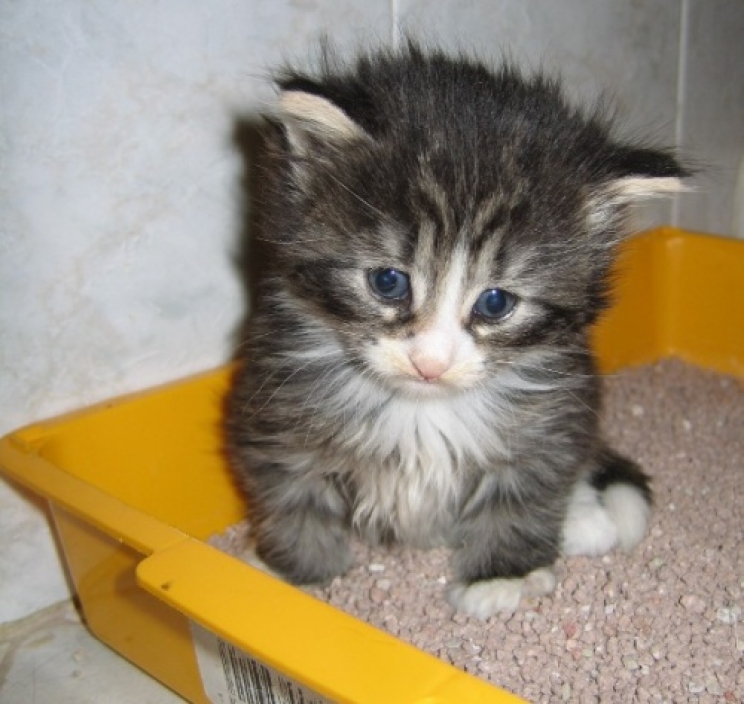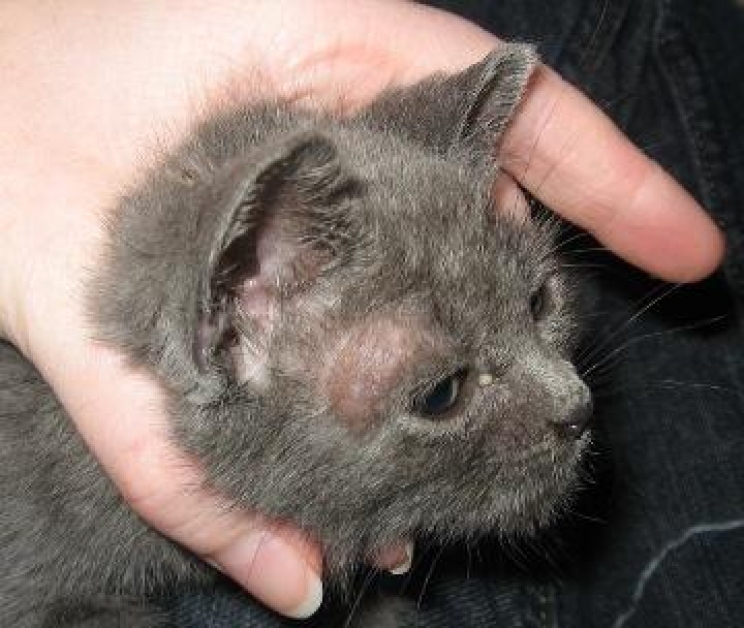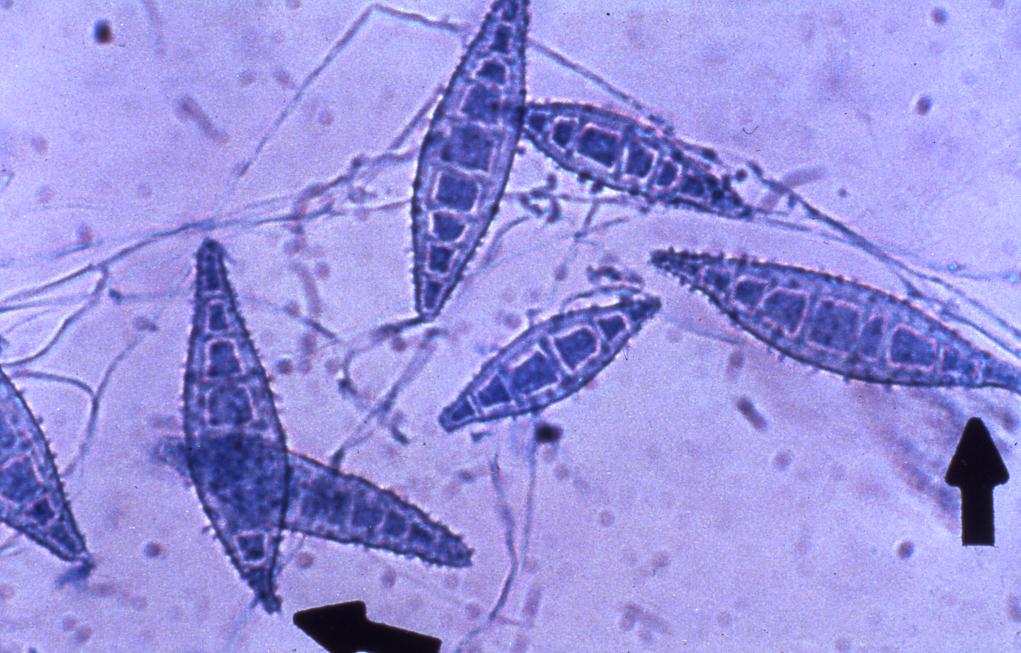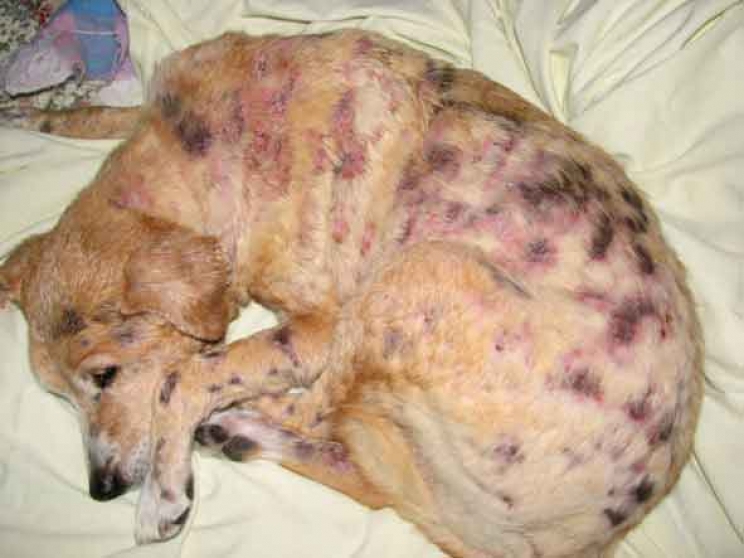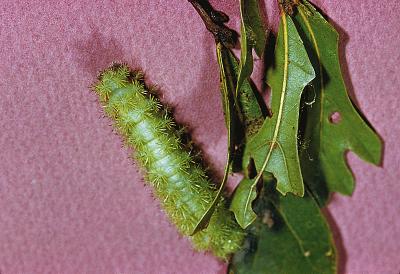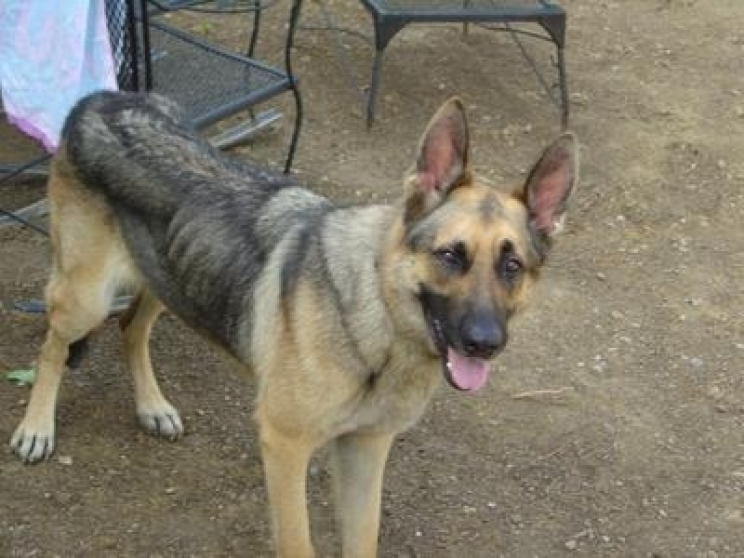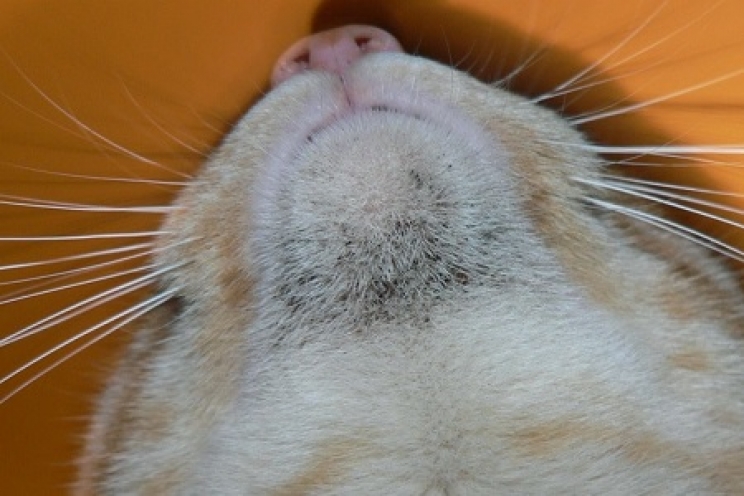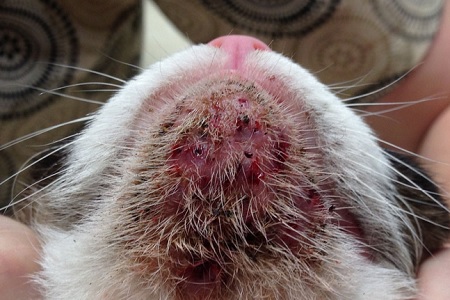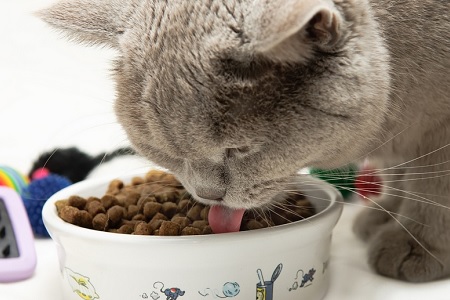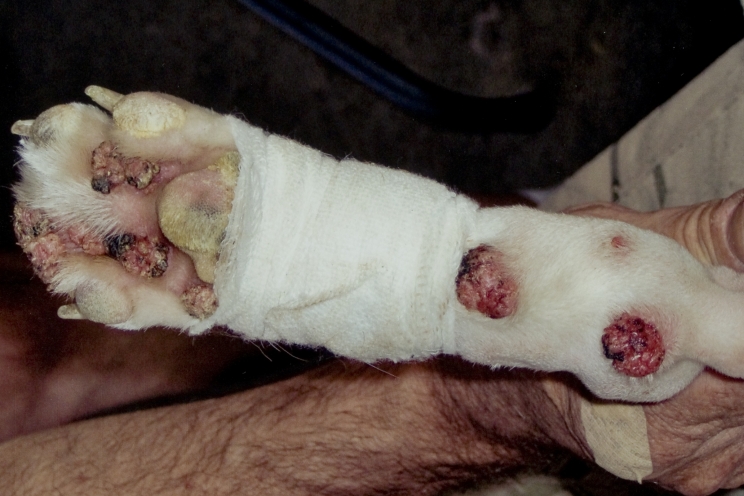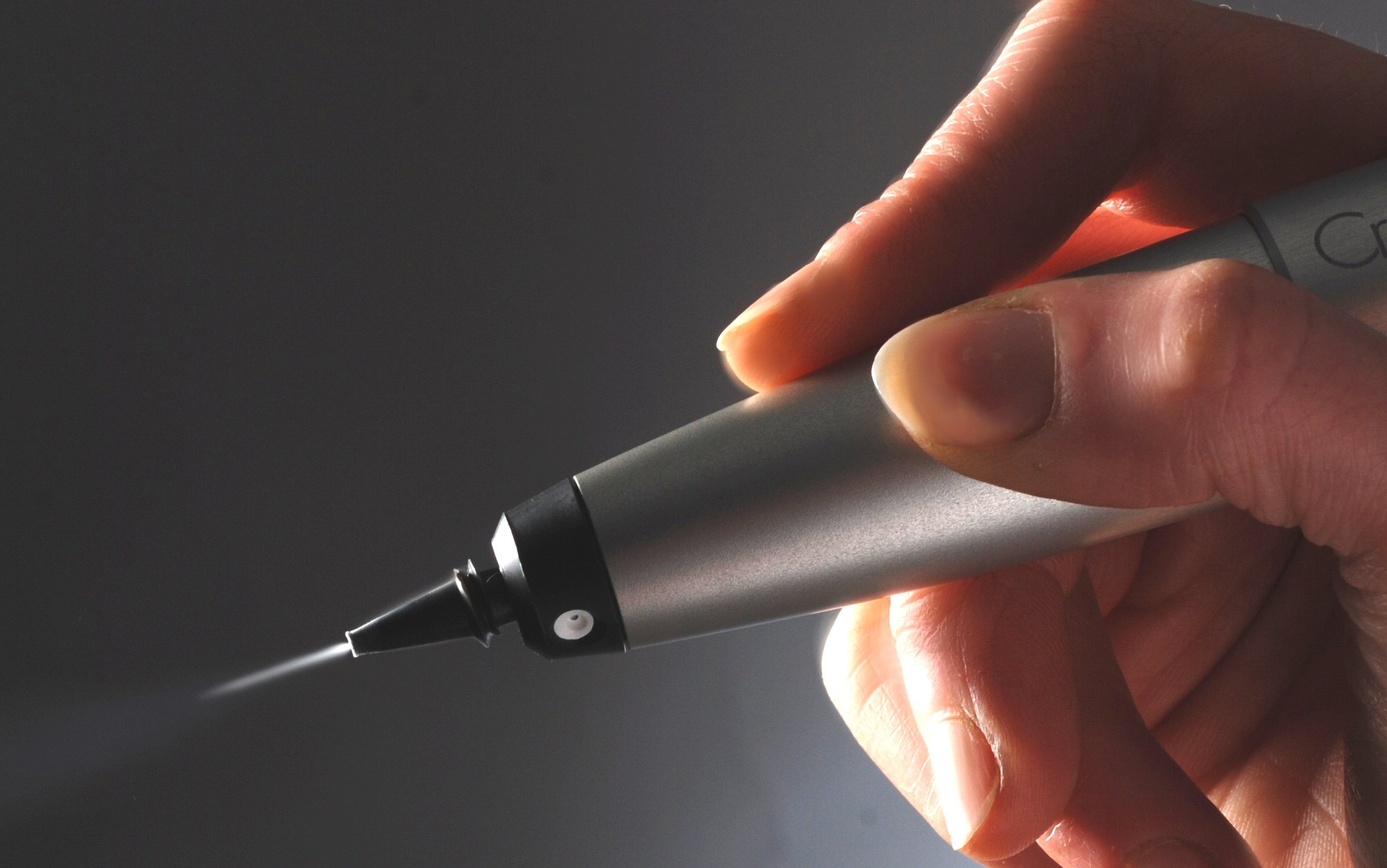Our dogs and cats organism is composed of a series of organs, which are the parts of the body that perform specific functions.
Not all are the same: there are some that, due to their very precise function, are very protected and hardly get sick, like the brain or the heart. On the other hand, there are others that continually have to deal with harmful or waste substances and for which problems, although not very serious, are the order of the day.
Among these organs, we certainly find the intestine: All pet owners have experienced a diarrhoea episode in their animal at least once.
In fact, diarrhoea is the most common symptom when referring to intestinal problems. Sometimes it depends on simple feeding errors that can easily be solved independently. In other cases, the causes of these problems can be much, much more serious. Let's try to understand what the intestine is like and where the problems can come from.
Intestinal problems
The intestine is a long tube that starts from the stomach and ends with the anal opening, through which the material that has not been digested leaves the body.
Its purpose is both to digest nutrients and to absorb them and make them enter the blood stream so that they can supply energy to various organs.
It is divided into two large sections: the small intestine, which is very long and thin, and the large intestine, which is shorter but wider. In dogs and cats, it does not have great functions because these animals essentially eat meat, while in herbivores (where it is much more developed), such as horses, it is used to digest the fibres they acquire by eating grass.
Bowel problems essentially depend on what has been ingested: with food, our dog or cat could ingest rotten food, something non-digestible (sand) or food containing parasites or other dangerous bacteria.
Substances that are not digestible (precisely because they are not decomposed) create irritation on the intestine wall, scratching it. Parasites, bacteria and pathogenic viruses, on the other hand, directly damage the intestinal wall from the inside because they try to cross it.
The main defence mechanism of the intestine when it understands that there is something wrong is to try to push it towards the anus and "throw out" what is harmful. It does this by absorbing less water than normal. This way the stool will remain more liquid and come out better. This is how we get diarrhoea.
Diarrhoea: what to do if it occurs
Of course, diarrhoea is not only due to this intestinal defence mechanism, but in many cases it is the combination of this and/or the direct action of the microorganism or substance that causes the problem. Some parasites, for example, damage (or rather, eat) the bowel wall and make water escape, aggravating the problem.
In general, it is up to us owners to take the first step when our pet has episodes of diarrhoea: we must in fact observe the animal's behaviour, and see how long the symptoms last.
If it lasts a couple of days and then disappears, diarrhoea was probably caused by something hard to digest (like milk). On the other hand, if it lasts for several days, a bacterial or viral disease could cause it, and there is a need to make a veterinary visit to help understand what it is before the situation escalates.
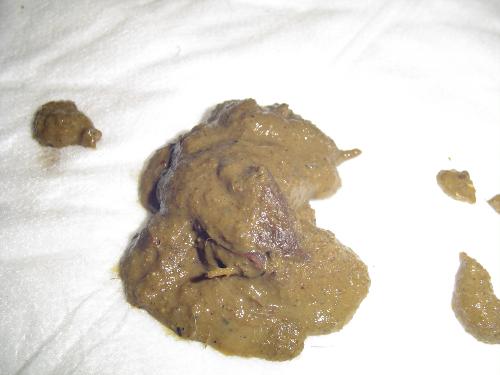
We can also see blood in the poo. A single drop is normal, whilst larger quantities indicate the presence of a problem; for example the presence of an intestinal parasite.
In this regard, if there are many parasites, most of them will die (when they are few they try not to be thrown out with feces) and are found in the poop. They can be seen as white and in some cases they even tend to move. Finding them in our dogs poop means that the dog is undergoing a massive infestation and we must absolutely contact our vet.
Another case of diarrhoea can be due to food allergies: if the symptom lasts for a long time but the dog or cat is not particularly sick, he probably has this type of problem. He might be allergic to a food that causes him a reaction and we must understand what it is to eliminate it from his diet, with the help of the vet.
Finally, we must also talk about the opposite of diarrhoea: the absence of defecation. If the animal eats normally, it must also expel what is not digested. If we notice that our animal is not going to the toilet as much as it was before, there may be problems with poor bowel movement or, even worse, something that hinders the passage of feces. In both cases, we must not underestimate the problem and, indeed, take action to ensure that the veterinarian realizes what the problem is and solves it as soon as possible, often with surgery.










